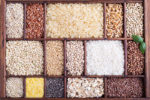Food that has become spoilt causes gastrointestinal disorders commonly referred to as food poisoning. Food could get contaminated at any of the stages that it passes through, maybe at the supermarket, or the grocer’s hands, at your refrigerator, or on your stove or even through your own hands.
The following steps can help reduce your chances of getting food poisoning:
8 – Sanitation Starts at Home
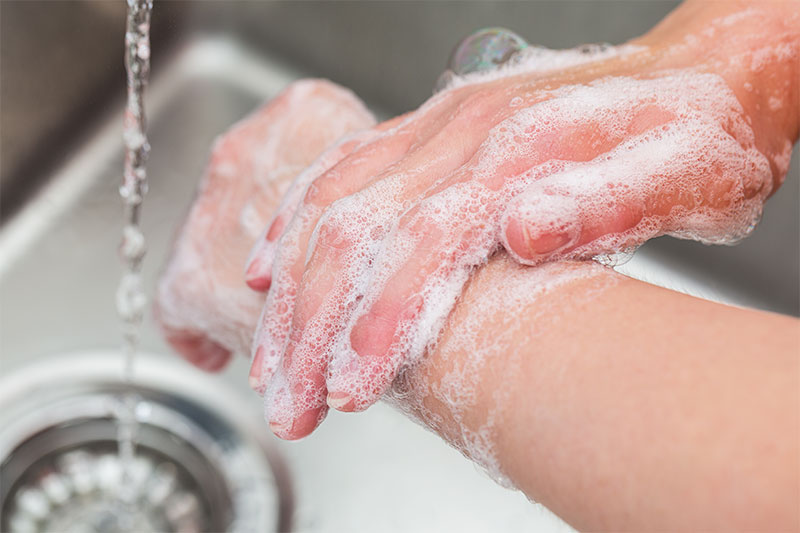
Wash hands with soap and warm running water before and after handling or preparing food, especially raw meat, poultry, fish, shellfish, and eggs.
- Clean your hands thoroughly after using the toilet, changing a baby’s diaper, or touching your pet animals.
- Clean utensils, cutting board, and other surfaces with hot soapy water.
- Avoid cooking for others when you have diarrhea.
- Cover cuts and burns on your hand with a bandage and glove before handling food.
- Wash fruits and vegetables thoroughly in running tap water.
- Place the washed fruit or vegetable on a clean, fresh container. Please don’t put them back in the original box.
- Sterilize your meat thermometer between uses.
- Sterilize your dish clothes and towels in hot water or with chlorine bleach.
7 – How to Heat Food
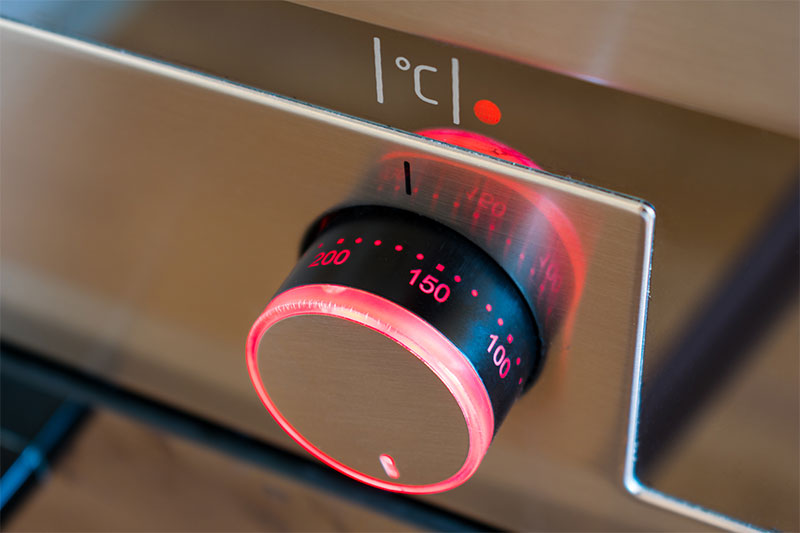
A minimum temperature of 165 degrees Fahrenheit (around 74 degrees Celsius) is required to prevent germs from contaminating cooked food such as leftovers and meat-filled food such as hot dogs and lunch meats. Heat it to this temperature, especially when you give it to pregnant women and those with weak immunity like the very old and the very young.
Half cooked food may contain germs. Cook sauces, soups, gravies, and unused marinades to a boil and cook eggs till both yolk and white are firm. Similarly, cook shellfish till the shell open, and the fish is cooked.
Use a thermometer to check if the poultry, including ground items, is cooked well till they are safe for consumption.
6 – Avoid Cross-Contamination
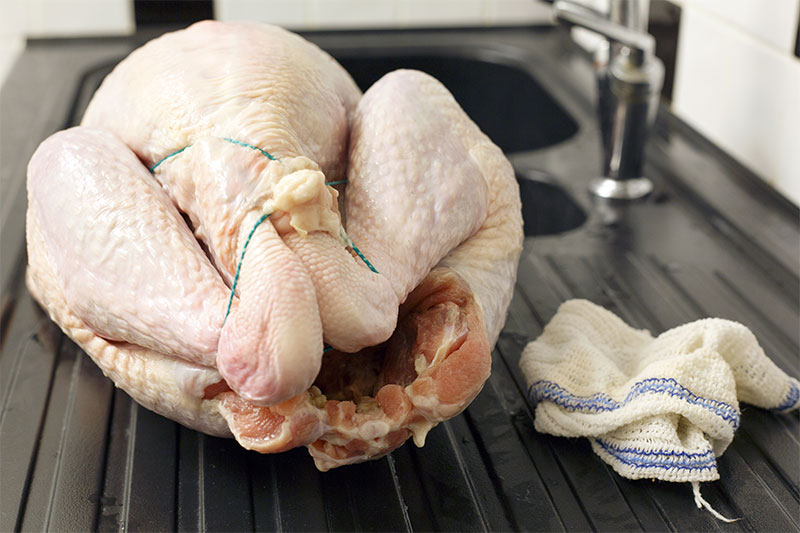
Wrap leftover poultry or raw meat in leak-proof material so that it doesn’t drip into other food. Store it in a different part of the kitchen where it doesn’t come into contact with cooked, ready to eat foods.
Use separate cutting utensils, plates, and boards for raw meat as the germs in the equipment may infect other vegetarian food such as bread and vegetables.
Clean food preparation surfaces repeatedly using clean cloths or paper towels.
5 – The Importance of Prompt Refrigeration
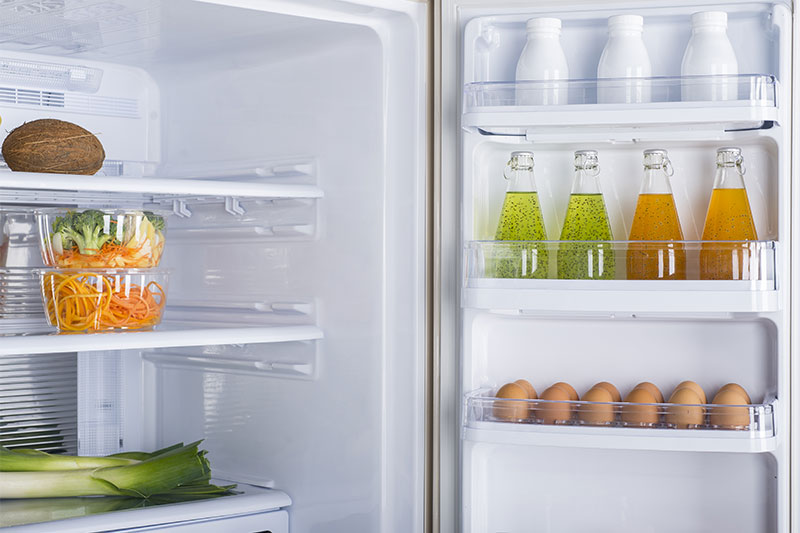
Once you buy perishable food or prepare it at home, you should refrigerate it within two hours. If the room temperature is above 90 degrees F (32 degrees C), do it before an hour.
Marinate in the fridge rather than outside.
Freeze ground meat, poultry, fish, and shellfish within two days of purchase and beef, veal, lamb, or pork within 3 to 5 days.
You can cool leftovers quickly before they get spoilt, by refrigerating them or freezing them in shallow containers.
Don’t refrigerate leftovers for more than 4 days.
4 – Tips for Safe Defrosting
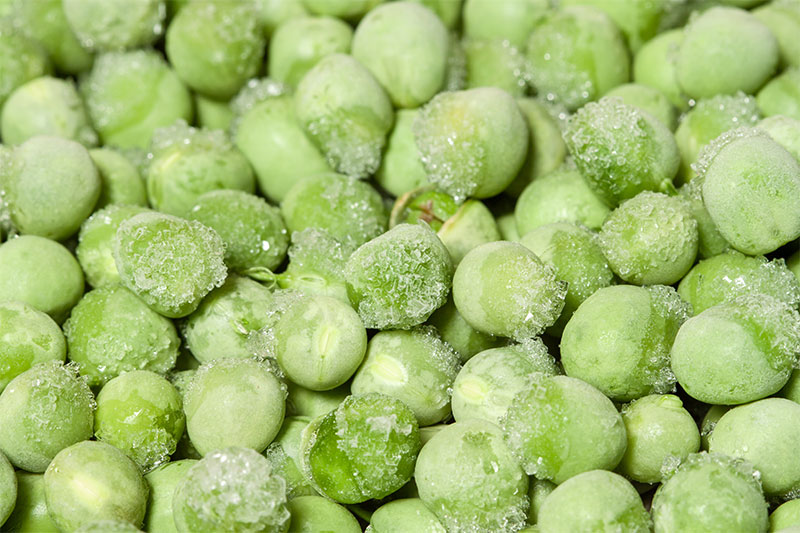
If you want the meat to get defrosted in the refrigerator, keep it tightly wrapped so that it does not defrost and begin to drip all over the fridge and contaminate anything kept in it. Use defrosted poultry, ground meat, and fish within a day or two and other meats within three to five days.
If you defrost it in the microwave oven, use the defrost or ‘50% power’ option so that the meat is cooked uniformly and not just around the edges — separate pieces of meat that are stuck to each other and may not get properly prepared. Cook immediately after thawing.
If you want to defrost it in cold water, place the sealed package in cold water and change the water every 30 minutes. You can also leave it under running water. Cook it immediately after defrosting.
3 – Check the Source of Food and Water
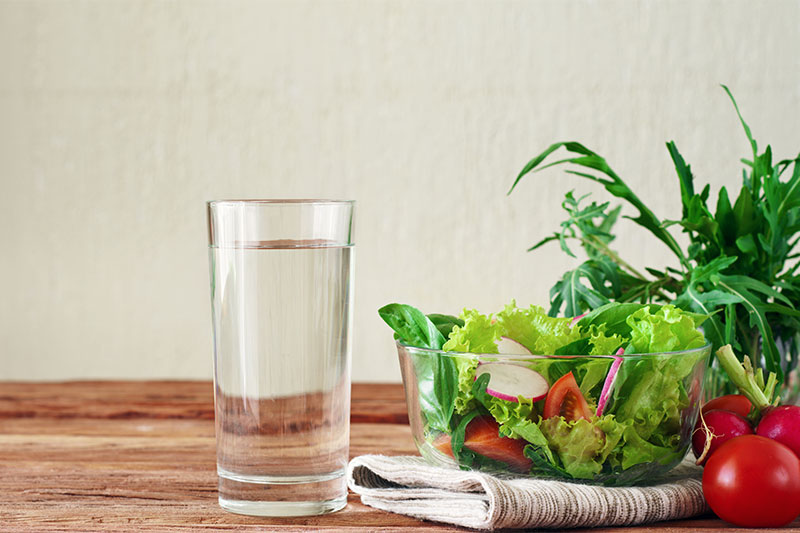
The water you use to clean fruits and vegetables should be clean.
Wash fruits and vegetables thoroughly.
Prefer pasteurized milk and juice to fresh milk and juice. Even the cheese and yogurt are safe if they are from pasteurized milk.
Eat well-cooked food. Raw and half-cooked foods may contain harmful germs in them.
Check if the egg used is pasteurized and avoid those foods containing raw ones.
Shellfish should be got from approved sources.
2 – Care of Cans and Jars
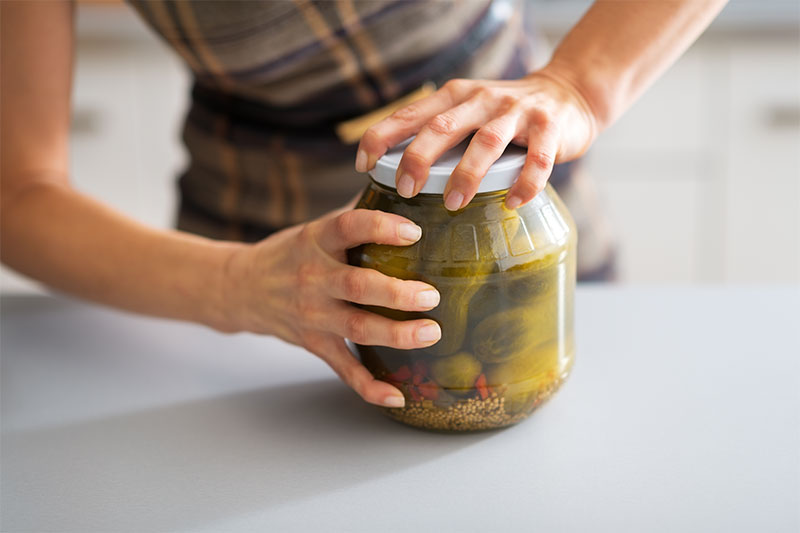
Food in bulging jars may be underprocessed. It is also possible that air has entered the vacuum. Dented cans or jar lids may mean the food is contaminated.
If the seal is broken or tampered with, the food may be spoilt.
1 – While Serving Food

There are several ways the freshness of food can be spoilt even while serving it. So we should keep the following in mind:
As hot foods should be kept at 140 degrees F (60 degrees C) and cold foods at 45 degrees (around 7 degrees C) or colder, when we keep food out we should use ice trays under cold foods and tray warmers or slow cookers under hot foods to maintain safe temperatures. Keep food in shallow containers for proper maintenance of these temperatures.
When you serve food to a large number of people, please take it in small containers and serve while the rest of the food is left in the oven, at 200-250 degrees F, or in the fridge.
Remove leftovers soon after the meal and refrigerate.
Throw away the leftover that has been outside for more than two hours or one hour in hot weather.
Food Poisoning cannot just ruin our day; it can sometimes prove fatal. It is our duty to take every precaution in our daily lives to ensure that hygiene is maintained at home and food is safe for consumption.


